The Puerto Rico Water Resources and Environmental Institute highlights relevant news regarding our Island’s water sources. Check in each week to stay informed about the latest updates, research findings, and initiatives aimed at preserving and improving Puerto Rico’s vital water resources.
We keep you informed

This month's news
Puerto Rico Water Resources and Environmental Research Institute Announces Request for Proposals (RFP) for FY 2025
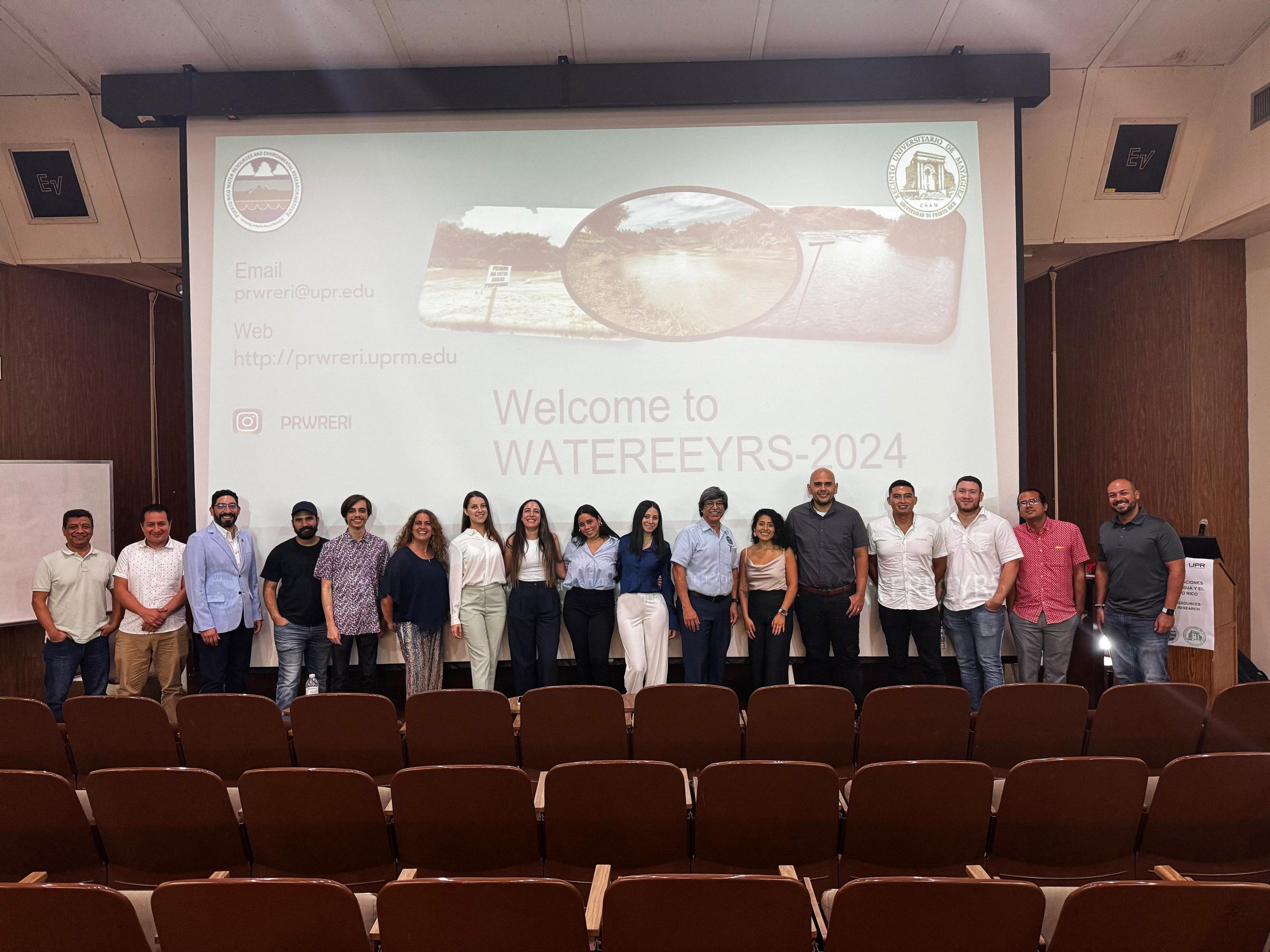
The Puerto Rico Water Resources and Environmental Research Institute (PRWRERI) invites researchers from institutions of higher education in Puerto Rico to submit proposals for the FY 2025 U.S. Geological Survey (USGS) State Water Resources Research Institute Program under Section 104B of the Water Resources Research Act.
This funding opportunity supports research addressing critical water resource challenges in Puerto Rico, including drinking water quality, groundwater management, hydrological modeling, flood prediction, and climate resilience. Selected projects will contribute to advancing water science and technology while informing policymakers and local communities.
Application Deadline: April 14, 2025, at 11:59 PM
For more details on research priorities and submission guidelines contact us at prwreri@upr.edu.
Mayagüez emerges as the city with the best air quality in the world.
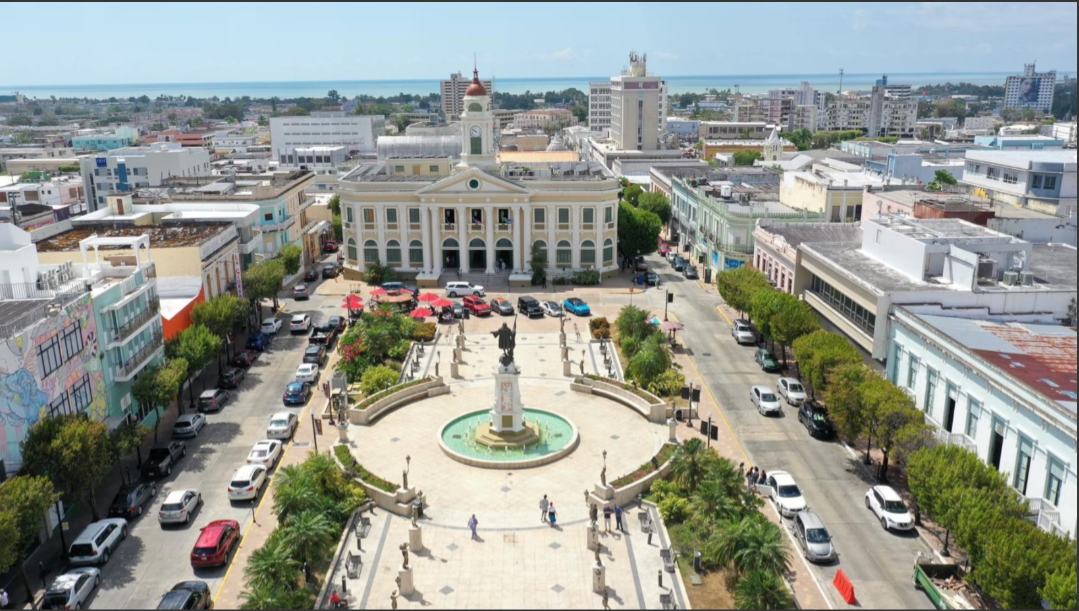
Mayagüez, a city known as the Sultana of the West, has the best air quality in the world.
Its air is the purest—or rather, the least polluted—on Earth, according to the results of the 2024 World Air Quality Report, which will be made public this Tuesday.
Primera Hora obtained the report exclusively, prepared by the company IQAir, in which Mayagüez dethroned Zurich, Switzerland, which was the least polluted city in 2023. Find out which other cities in Puerto Rico appear on the list.
Robert F. Kennedy Jr.'s proposal to remove fluoride from water reaches a city in Florida
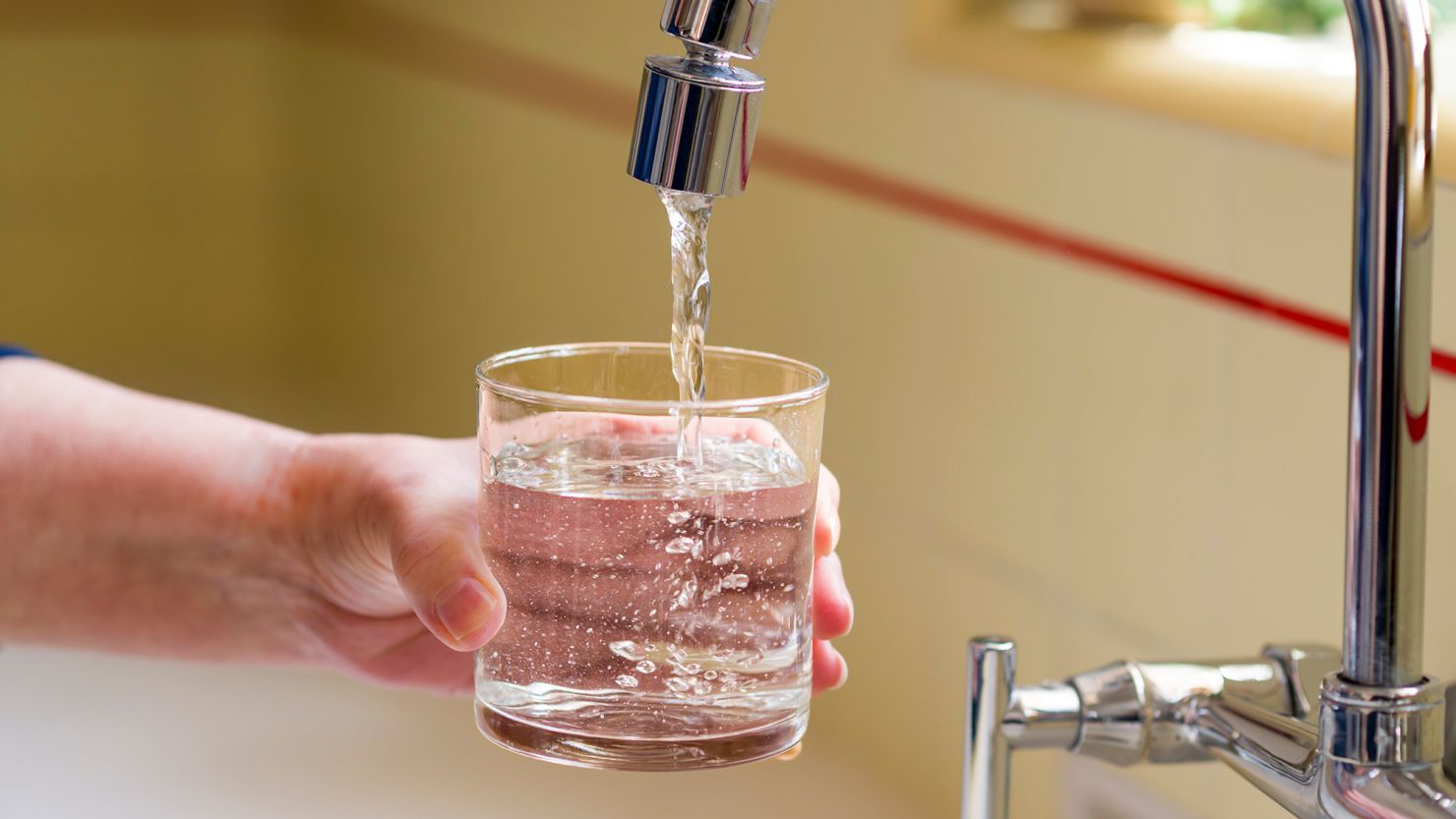
Winter Haven, Florida, voted to remove fluoride from drinking water starting in January 2025 in a split decision (3-2). The measure aligns with the views of Robert F. Kennedy Jr., nominated by Donald Trump to lead the Department of Health and Human Services (HHS), who considers fluoride harmful despite scientific studies supporting its safety and dental health benefits.
The decision has sparked debate over government interference in public health and reflects Kennedy’s growing influence on health policies. Dentists and experts warn that removing fluoridation could increase cavities, while critics fear Kennedy’s appointment could lead to setbacks in public health, including regulations on vaccines and medications.
This case could influence other communities, as Hillsborough County has also proposed removing fluoride. Previous experiences, such as in Pinellas County in 2011, show that similar decisions have been reversed following public protests. For more information, visit the following link:
https://rpp.pe/capital/estilo-de-vida/fluoruro-en-el-agua-potable-de-eeuu-por-que-algunos-lo-consideran-un-riesgo-estados-unidos-bscapital-noticias-1596254
Puerto Rico will receive a total of $67 million for water infrastructure through the Biden-Harris Administration's investment agenda.
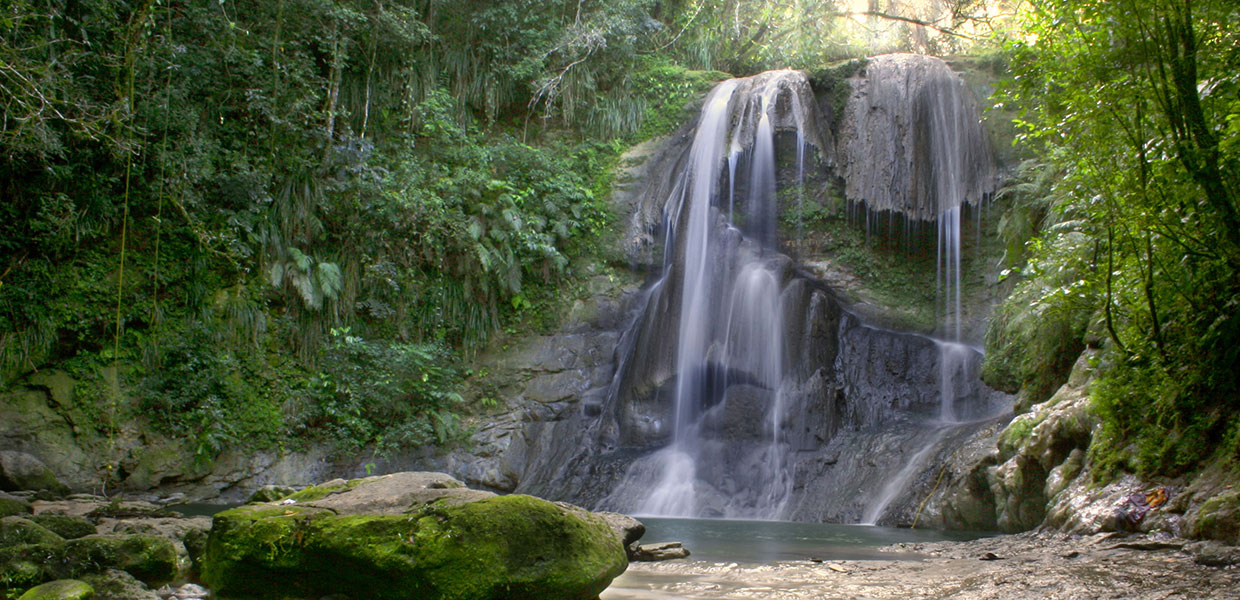
The U.S. Environmental Protection Agency (EPA) announced a $3.6 billion investment through the Bipartisan Infrastructure Law to improve water infrastructure in Puerto Rico. The island will receive over $67 million for drinking water and sanitation projects, including $25 million allocated to the Lead and Copper Rule. These funds will be distributed through the Clean Water and Drinking Water State Revolving Funds (CWSRF and DWSRF), prioritizing grants and forgivable loans for disadvantaged communities.
Las Marías Drinking Water Treatment Plant
EPA Administrator Michael S. Regan emphasized that this investment addresses issues such as lead in drinking water, PFAS contamination, and sewer overflows. Regional Administrator Lisa F. García reaffirmed the Biden-Harris Administration’s commitment to modernizing infrastructure and protecting water quality in Puerto Rico.
The EPA also provides technical assistance to help marginalized communities access these funds, aligning with the Justice40 initiative. For more information, visit the SRF portal and EPA reports on water infrastructure investments:
https://www.epa.gov/newsreleases/puerto-rico-recibira-un-total-de-67-millones-para-infraestructura-de-agua-traves-de-la?utm_source=chatgpt.com
Rare June atmospheric river slams Northwest with heavy rain.
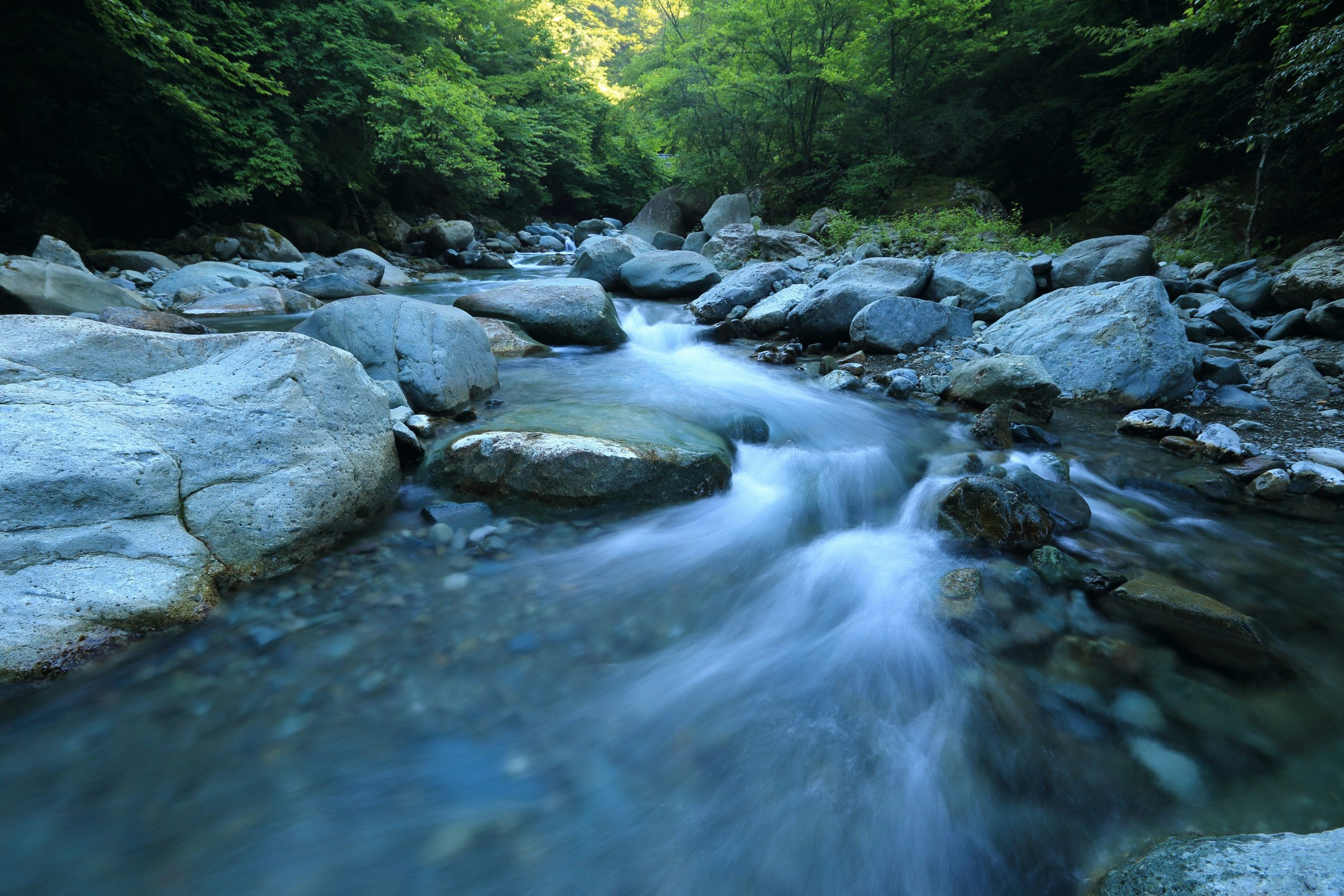
Managing heavy rain, occasional gusty winds, and isolated thunderstorms poses challenges for regions like Portland, Oregon, which typically enjoys only three months of excellent weather annually. This year, the much-anticipated stretch of good weather coincides with the Rose Festival, running from late May to early June. However, a persistent low-pressure system and an unrelenting front are bringing excessive moisture, resulting in significant rainfall. Coastal areas are expected to receive 2 to 4 inches of rain, with the Olympics’ southwest-facing slopes and the Cascades potentially seeing similar amounts. This heavy rain, combined with snowmelt, raises flooding risks for rivers, especially in areas like Snohomish.
Outdoor activities during this period require caution due to the heightened risk of flooding and other weather-related hazards. Despite the Pacific Northwest’s beauty, the risks associated with heavy rain and potential flooding cannot be ignored. Climbing Mount Rainier, for instance, demands vigilance due to the expected rainfall. Seattle recently recorded 6.65 inches of rain in a single day, shattering the daily record and nearly reaching a third of the monthly average. Similarly, Portland is experiencing unusual weather with an atmospheric river in June, underscoring the need for preparedness and caution during this typically favorable time of year.
Why do hurricanes have a person's name?
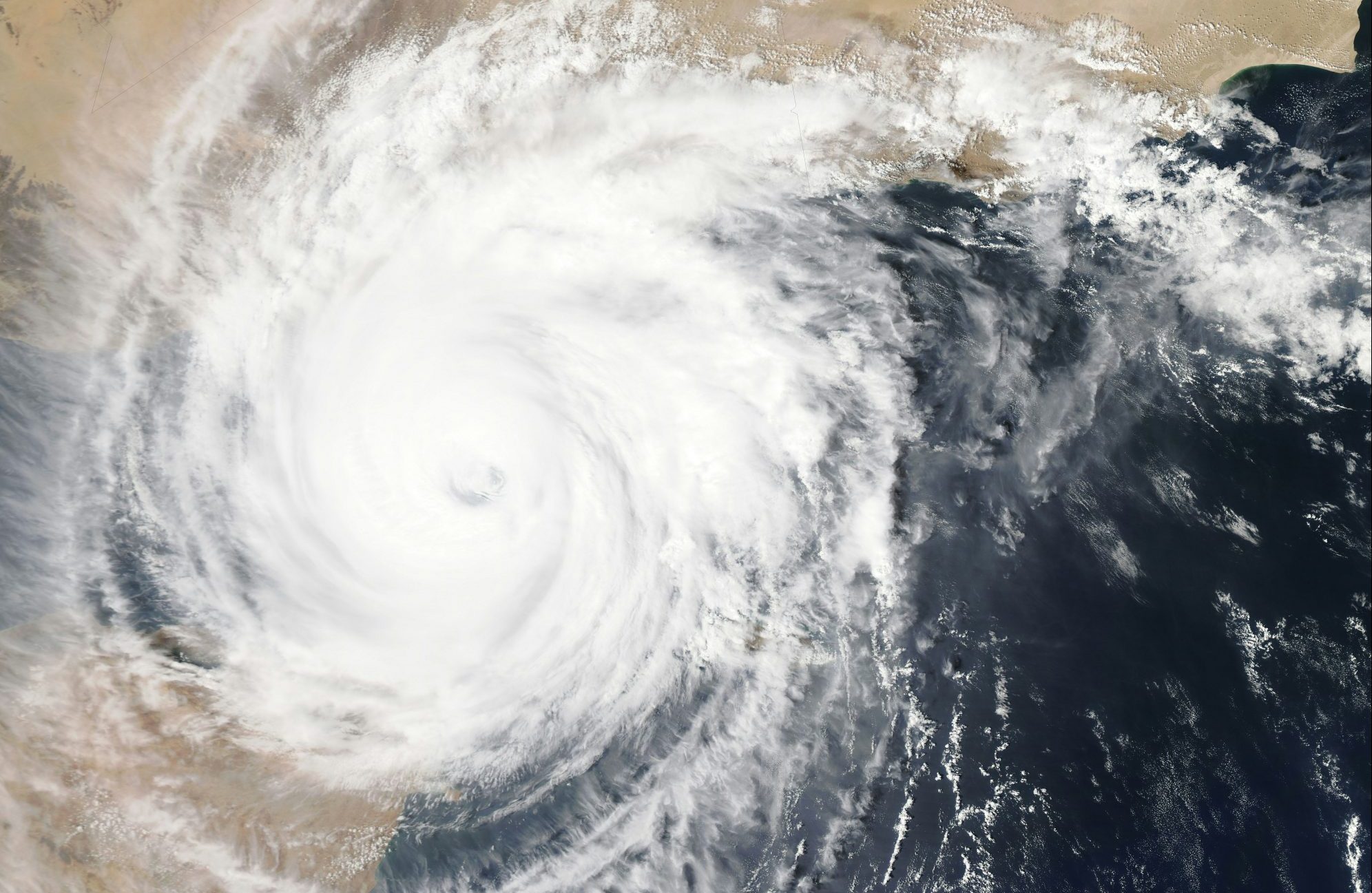
Hurricanes are among the most devastating natural phenomena affecting various countries worldwide, including the United States, which is preparing for an “extremely active” season, according to specialists.
Throughout history, identifying and tracking these phenomena has been essential to mitigating their destructive effects. In this regard, assigning names to them has proven to be an effective strategy for improving communication and preparedness for these catastrophic events, according to the World Meteorological Organization (WMO). However, not many people know why these storms are named after people.
